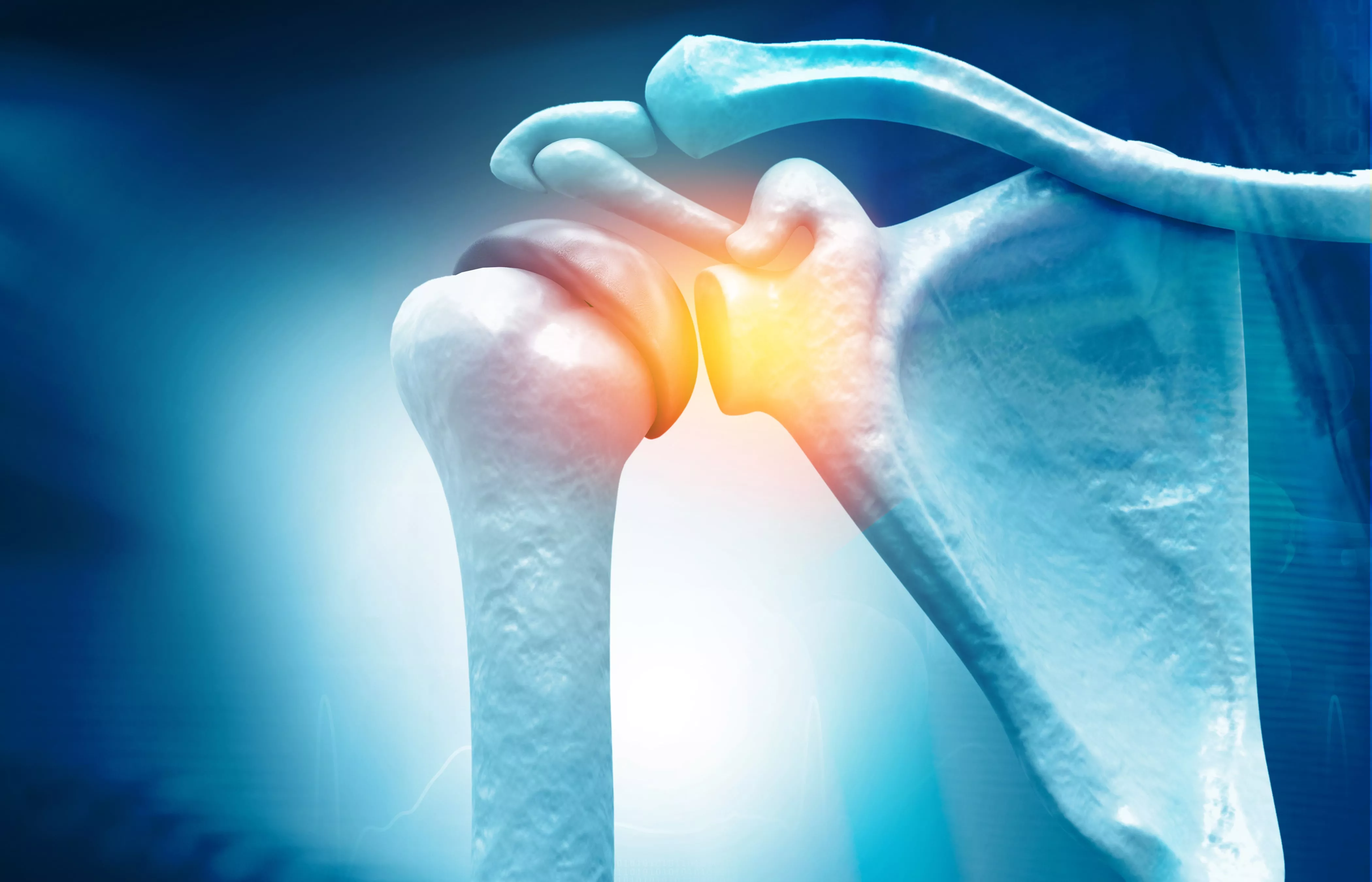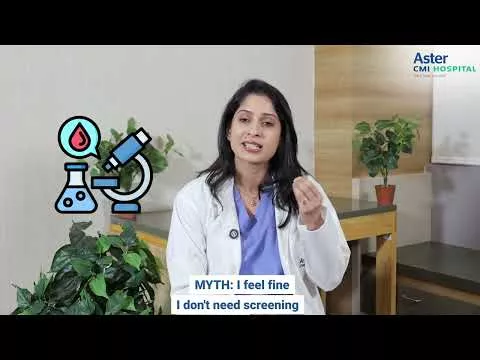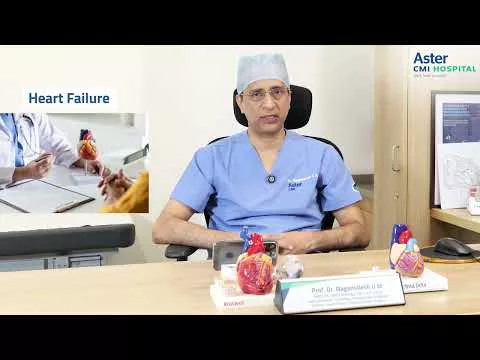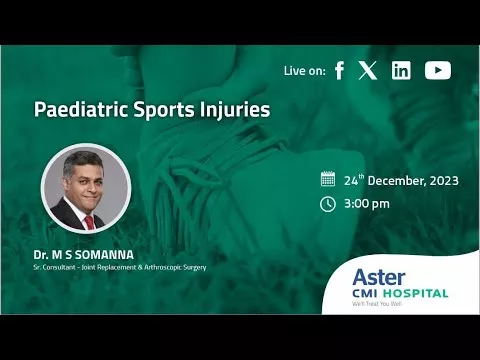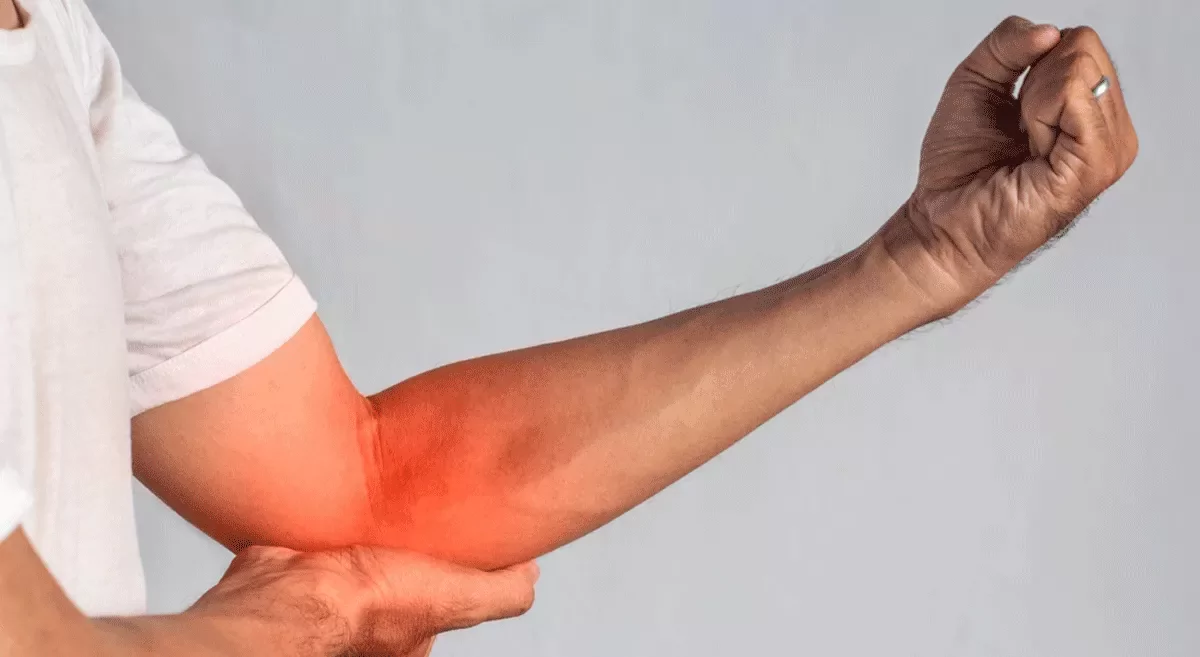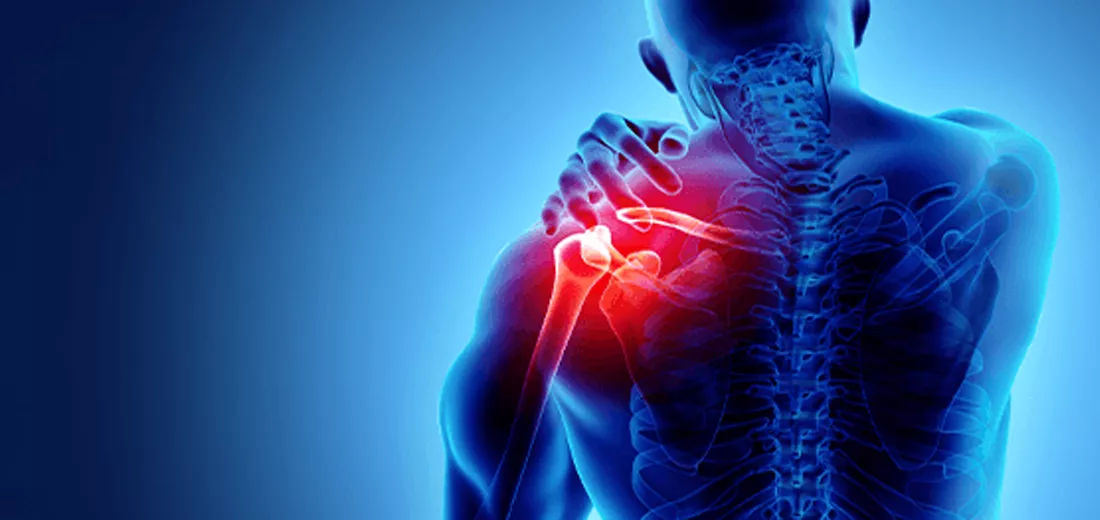Shoulder pain is a prevalent ailment that affects people of all ages, especially those who participate in repetitive overhead movements. A rotator cuff muscle tear is a common cause of shoulder pain and dysfunction. It is defined as the partial or full tear of one or more of the muscles that stabilise the shoulder joint. Seeking expert consultation at an Orthopedic Hospital in Hebbal Bangalore can help diagnose such issues early and provide effective treatment options.
The Rotator Cuff and Its Significance
The rotator cuff is a complex set of four muscles and tendons that surround the shoulder joint, providing stability and allowing for a wide variety of arm movements. The supraspinatus, infraspinatus, teres minor, and subscapularis muscles collaborate to retain the humerus (upper arm bone) within the shallow glenoid socket of the shoulder blade, allowing for unfettered movement in numerous directions. A healthy rotator cuff is essential for daily activities including reaching aloft, brushing your hair, combing your teeth, and clothing yourself. When the rotator cuff muscles or tendons are injured, it can cause discomfort, weakness, and restricted movement, reducing one's quality of life dramatically.
Anatomy of the Rotator Cuff
The rotator cuff muscles arise from the scapula (shoulder blade) and connect to the humerus by tendons. These muscles work together to stabilise the shoulder joint and allow for a wide range of movements, including:
- Abduction is defined as raising the arm away from the body.
- Adduction is the movement of bringing the arm back towards the body.
- Internal rotation is the inward rotation of the palm.
- External rotation is the rotation of the palm outwards.
Causes and Risk Factors
- Rotator cuff tears can occur because of a number of events, including:
- Degeneration and ageing: As we get older, the tendons in our rotator cuff become more prone to wear and strain, increasing the chance of tears.
- Trauma or injury: A traumatic rotator cuff tear can be caused by a quick fall or a direct hit to the shoulder.
- Overuse and repetitive motion: Activities that require repetitive overhead movements, such as painting, construction, or throwing sports, can result in overuse injuries and rotator cuff tears.
Risk Factors
- Factors connected to age: The risk of rotator cuff tears rises with age as the tendons become more prone to damage.
- Occupational hazards: Rotator cuff tears are more common in people who work in jobs that require repetitive overhead movements.
- Athletes who participate in sports such as baseball, tennis, or swimming are more likely to tear their rotator cuffs due to the repetitive nature of their movements.
Signs and Symptoms
Depending on the severity of the injury, the symptoms of a rotator cuff tear can vary. Typical symptoms include:
- Shoulder pain: Pain in the shoulder region that is frequently exacerbated by overhead motions or sleeping on the affected side.
- Arm weakness: Difficulty lifting or moving the arm, making daily tasks difficult.
- Limited range of motion: The ability to raise the arm overhead or reach behind the back is restricted.
- When moving the shoulder, there is an audible clicking or popping feeling.
Diagnosis
A rotator cuff tear should be diagnosed and treated as soon as possible to avoid further injury and improve recovery prospects. A doctor would normally perform a complete physical examination to measure the range of motion of the shoulder, identify pain sites, and assess muscle strength. Imaging tests including X-rays, MRIs, and ultrasounds may be conducted to determine the degree of the tear and rule out other possible reasons for shoulder pain. Consulting experienced Orthopedic Surgeons in Hebbal, Bangalore ensures accurate diagnosis and access to advanced treatment methods.
Treatment Options
Non-surgical Methods:
- Exercises and physical therapy: Specific physical therapy exercises can help strengthen the rotator cuff muscles, increase range of motion, and lessen pain.
- Pain treatment techniques: Pain relievers and anti-inflammatory drugs sold over the counter can help relieve pain and suffering.
- Changes in lifestyle: Avoiding activities that aggravate discomfort, maintaining appropriate posture, and getting enough sleep can all help with healing.
Surgical Interventions:
For more severe rotator cuff tears or those that do not respond to non-surgical treatment, surgical intervention may be needed. Surgical alternatives include:
- Arthroscopic repairs: This minimally invasive method includes repairing the damaged tendon using a small camera and specialised equipment placed through tiny incisions.
- Options for open surgery: When arthroscopic correction is not possible, surgical surgery may be required. This requires a bigger incision to gain access to the rotator cuff and repair the tear immediately.
- Rehabilitation after surgery: A rigorous rehabilitation programme is required following surgery to restore shoulder function and avoid recurrence. Exercises in physical therapy are essential for restoring strength, range of motion, and proprioception.
Recovery and Rehabilitation
Following surgery, your doctor will provide you with precise post-operative instructions. These could include:
- Rest is essential for healthy healing and tissue renewal.
- Ice packs applied to the affected area might help reduce inflammation and pain.
- Wearing a sling or bandage for a period of time might provide support and immobilisation to the shoulder joint.
- To alleviate discomfort, over-the-counter pain medications may be recommended.
- A rotator cuff tear often has a healing duration of several weeks to several months. The first stage consists of pain management and gradual range-of-motion exercises. As the shoulder heals, strengthening activities are gradually introduced.
Lifestyle Adjustments to Prevent Recurrence
Lifestyle changes are vital for preventing future rotator cuff tears:
- Shoulder conditioning exercises that work: Regular shoulder strengthening and stretching exercises can help keep the rotator cuff healthy.
- Avoiding overuse and overstrain: Limiting activities that put too much tension on the shoulder can help to lessen the chance of re-injury.
- Regular check-ups and early action for shoulder pain: Prompt medical assistance for any reoccurring shoulder pain can assist in identifying and addressing potential problems early on, preventing further damage.
